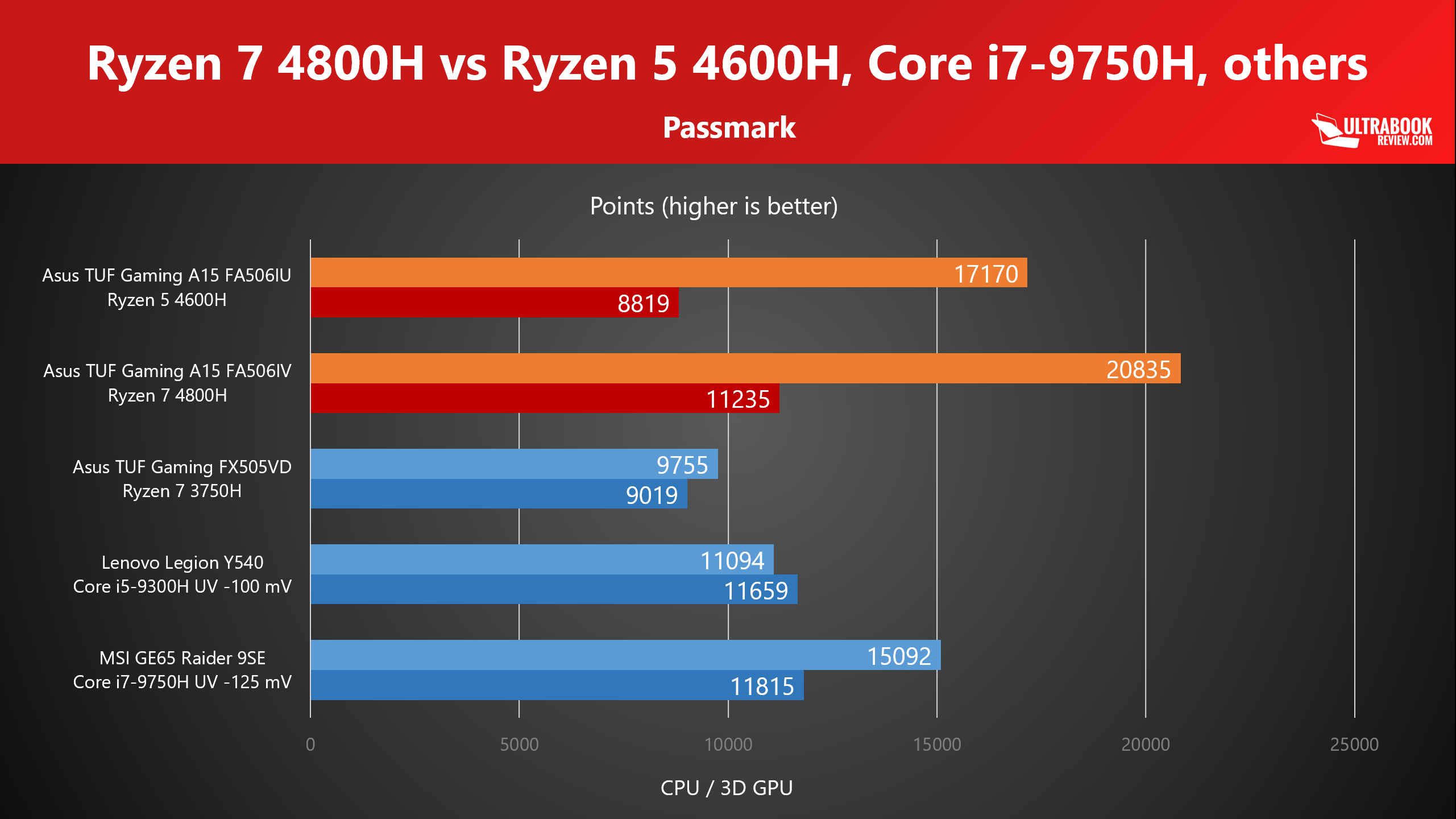
- CPU STRESS TEST RYZEN SOFTWARE
- CPU STRESS TEST RYZEN CODE
- CPU STRESS TEST RYZEN PROFESSIONAL
- CPU STRESS TEST RYZEN SERIES
CPU STRESS TEST RYZEN SOFTWARE
Lastly, the AMD Ryzen Master software is an application that allows users to control clock speed, voltages, and monitor CPU activity. XFR (only available on X-branded Ryzen CPUs) recognizes how efficient your cooling solution is and ramps up clock speeds beyond the boost level, if enabled. SenseMI detects and reads the CPU's behavior and allows Precision Boost to work, which varies core clock speed in increments of 25 MHz on the fly. Zen-based products can feature multiple CCXs, and in the case of Ryzen 7, two CCXs are on the processor.Īlong with the new Zen platform, AMD introduces new technologies such as SenseMI, XFR, Precision Boost, and the AMD Ryzen Master software.

The following are the details for all the chipsets: ChipsetĪ single Zen CPU Complex (CCX) contains four cores, eight threads, 64Kb L1 instruction and data caches, 512KB dedicated L2 cache per core, and an 8MB 元 cache shared among all CPU cores.

The X370, B350, X300 (for small form factor) chipsets will allow for unlocked overclocking on any of the Ryzen CPUs. Socket AM4 is also introduced along with Ryzen CPUs, which will feature six different chipset options. The thermal power design (TDP)-aka power draw-of the Ryzen 7 1800X is 95W, and can ramp up the wattage to the AM4 limit of 128W under an “all cores boost” heavy load case, which it does automatically when there’s enough thermal headroom.
CPU STRESS TEST RYZEN PROFESSIONAL
It aims to represent a blend of professional use-case scenarios with relative consumer affordability. At $499 USD, the Ryzen 7 1800X is aimed at those who are in the market for a CPU that’s competent for gaming, but built to handle multi-core tasks like video production and streaming. It runs at a base clock speed of 3.6 GHz and a boost clock of 4.0 GHz. We’re specifically reviewing the highest-end 1800X model here. The Ryzen 7 family is AMD’s high-end CPU line, all equipped with eight-cores and 16 threads. The last consumer-level CPUs from AMD were with its FX line and the Piledriver architecture, which released in 2012. This is the direct successor to AMD’s AM3 and AM3+ socket types, which launched in 20, respectively. Ryzen is based on AMD’s new Zen architecture and uses the company’s new AM4 socket type.
CPU STRESS TEST RYZEN SERIES
If you want to experiment with it, you can find the program here.Įxactly what happens in the pure CPU test remains the secret of the programmers, whereby none of the command set extensions seem to be used explicitly.The CPU market has been relatively noncompetitive for the past few years, but AMD is bouncing back into competition against Intel with its Ryzen series of central processing units (CPUs). However, it is not a stress test program in the traditional sense.

If you do not want to test the cooling to the limit, but rather to map the everyday life, then you can use this test safely and run on very weak hardware for a longer period of time without fear of severe hot flashes. – Stability tests for overclocked systemsįor the generation of more realistic CPU loads, the program is quite useful, even if we only reach load values that correspond to those of average demanding games. – mean power consumption of CPU and overall system
CPU STRESS TEST RYZEN CODE
With the SSE code path in our test system, you can achieve an average of 10☌ lower temperatures, while the memory is slightly higher in the same way as the utilization of the memory. – very high power consumption of CPU and overall system In addition to the FPU, the cache is also properly utilized. However, stability tests in the boundary range of overclocked systems do not make sense if one does not want to detect thermal weaknesses. The loads that can be produced here are also well above the average and thus own themselves for a good test of cooling performance. You don't reach the extreme peaks like Prime95 with AVX, but at least almost. The advantage is that you can easily switch between AVX and SSE code path. The combined CPU and GPU stress test was not our first choice for GPU loads, but it can score points, at least in the CPU range.


 0 kommentar(er)
0 kommentar(er)
